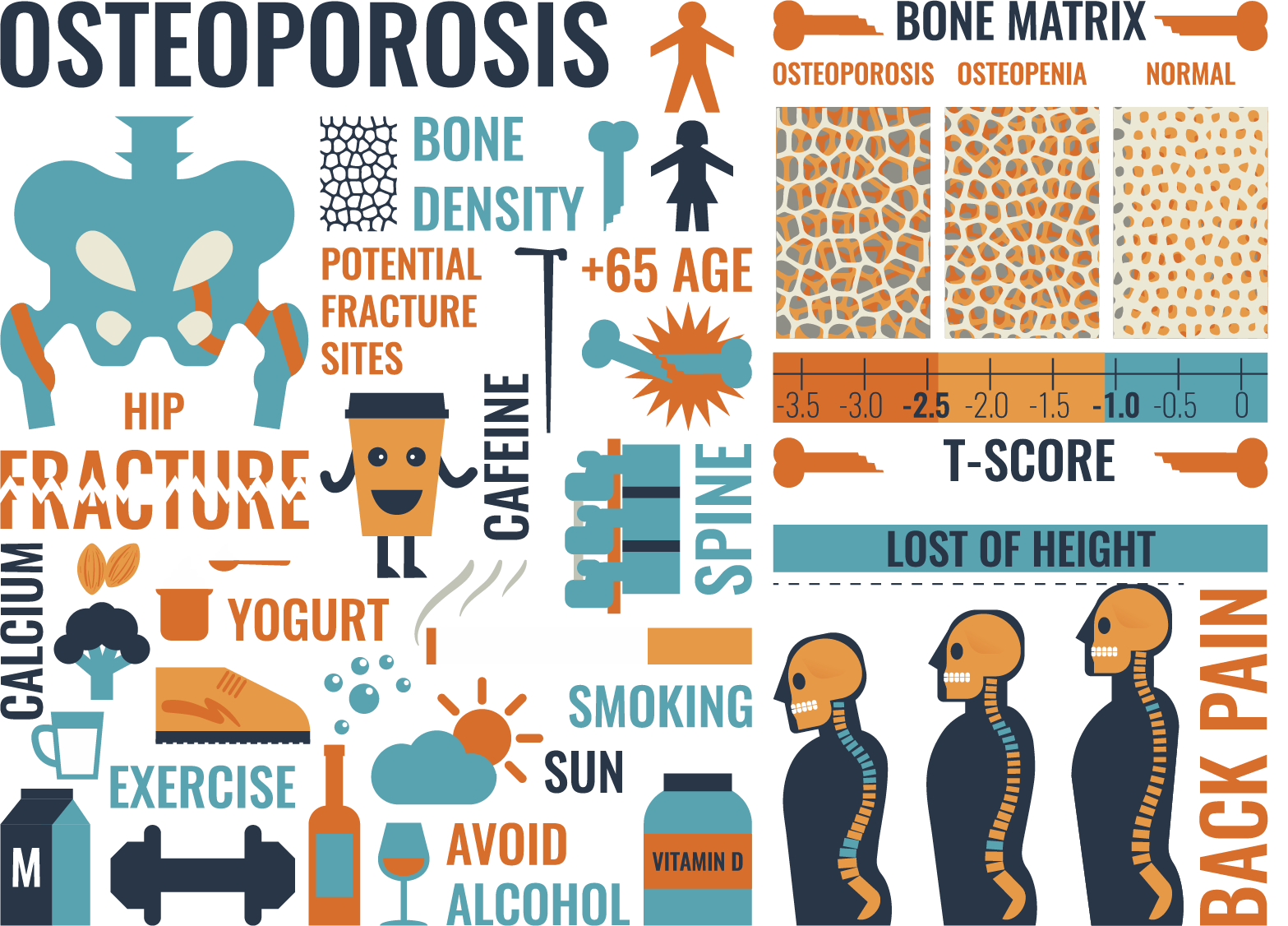

A computer is then used to analyze the resulting images and calculate bone density based on the amount of radiation absorbed by the bone. During this test, the patient lies fully clothed or in a patient gown on a padded table while the scanner beams X-ray energy from two different sources toward the bone being examined. DEXA Scan - measures how much calcium and other types of minerals are in the bone.A regimen may include calcium supplements, prescription medications and/or increased physical activity.Īdditional bone density testing services can include: Once the scan is interpreted, the results are given to the patient's physician.Īrmed with the proper information, a physician will review a patient's medical history and help shape a program to help reduce the effects of osteoporosis. Patients can remain in their own clothes through the entire procedure. Relatively quiet, the unit is not enclosed and does not touch the patient at any point. During bone density testing, you relax on a table as an electronic arm scans your body. The scan is the most reliable method of assessing fracture risks in men and women. Using the latest technology in bone density testing, we offer a 15-minute, non-invasive scan that can detect osteoporosis. To schedule an appointment, call 30 or toll-free 87.Franciscan Health has the latest technology to identify osteoporosis in its earliest stage. A report will be sent to your doctor, usually within 24 hours, who will then explain the results of your test and what they mean relative to your particular health issues and treatment.

The images produced by your bone density scan will be reviewed by a physician specializing in nuclear medicine. Please let your tech know if you have any questions or discomfort. Your certified and licensed radiologic technologist will be nearby throughout the exam. You will need to be completely still throughout the procedure. During the procedure, a scanner arm above you will move back and forth over the part of your body being examined. For part of the test, your lower legs may be raised on a platform to ensure that the images taken will be clear. You will be asked to lie on or sit down on a comfortable, padded table. Typically, the exam itself only takes about 15 to 30 minutes. If you have test results from any prior bone density scans, please bring them to your appointment. You have a severely curved spine, you’ve had spinal surgery or you have difficulty lying on your back.You have had a recent nuclear medicine scan or a barium enema.You have any metal in your body, such as spinal fusion rods or a hip replacement.Be sure to let your technologist know if you are pregnant or think you may be pregnant. You will be asked to remove your watch and any other metal items.

Preparing for your bone density studyĭo not take calcium supplements for 24 hours prior to your bone density study.ĭress comfortably, but make sure your clothes do not have any zippers, metal buttons or buckles. Scans of your lower back, hip or forearm are typically taken. A bone densitometry or DEXA machine emits a narrow beam of radiation to measure the density of your bones. The radiation exposure is minimal, and there are no aftereffects. How does it work?Ī bone density scan is painless and safe. By having this test done, you will help your physician assess your condition and, if needed, recommend ways to prevent further bone loss. In effect, this test measures the strength of your bones by testing their hardness. A bone density study (also called a bone mineral density, bone densitometry study or a DEXA scan) measures the calcium content (or density) of your bones to assess your risk for osteoporosis (or loss of bone mass).


 0 kommentar(er)
0 kommentar(er)
